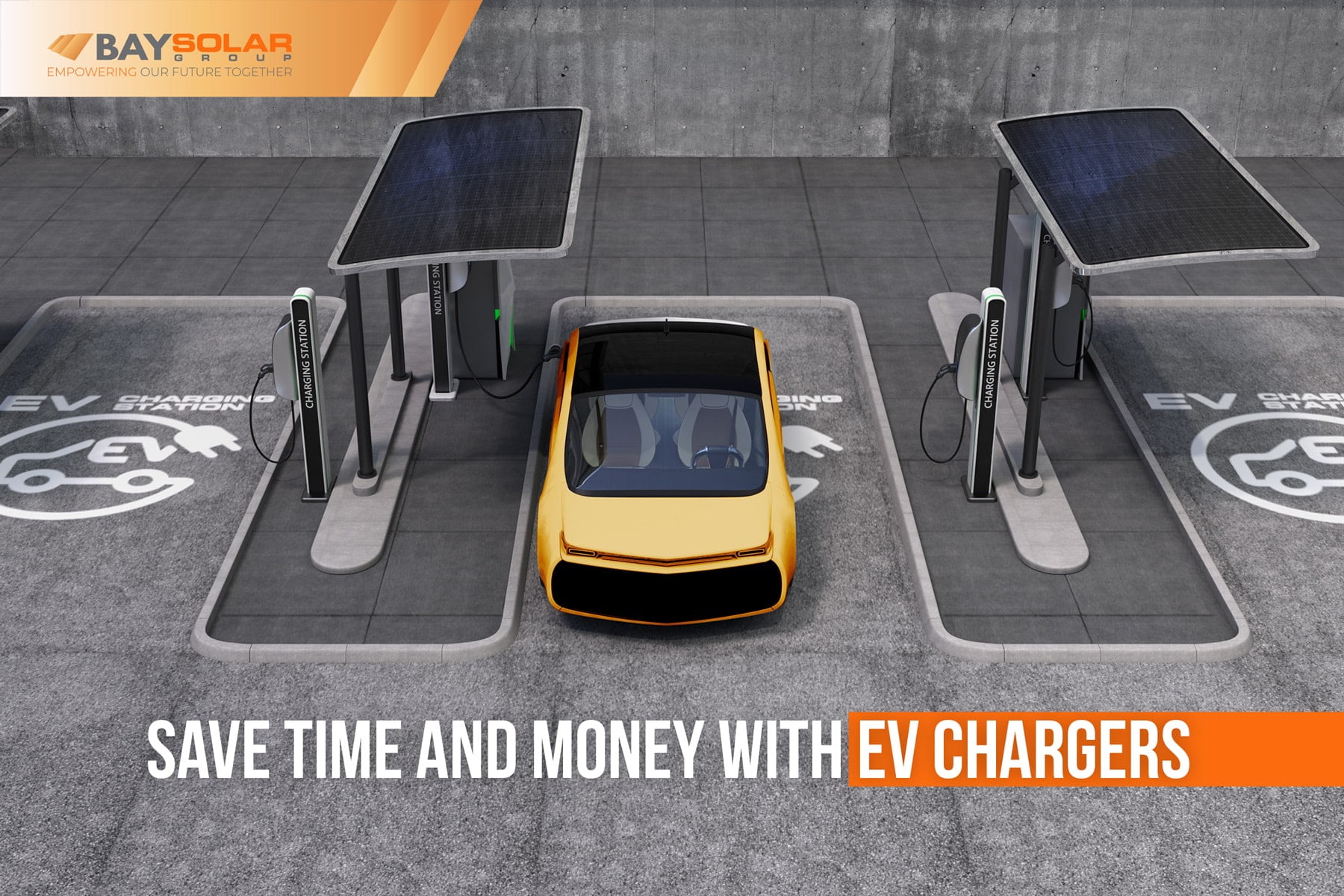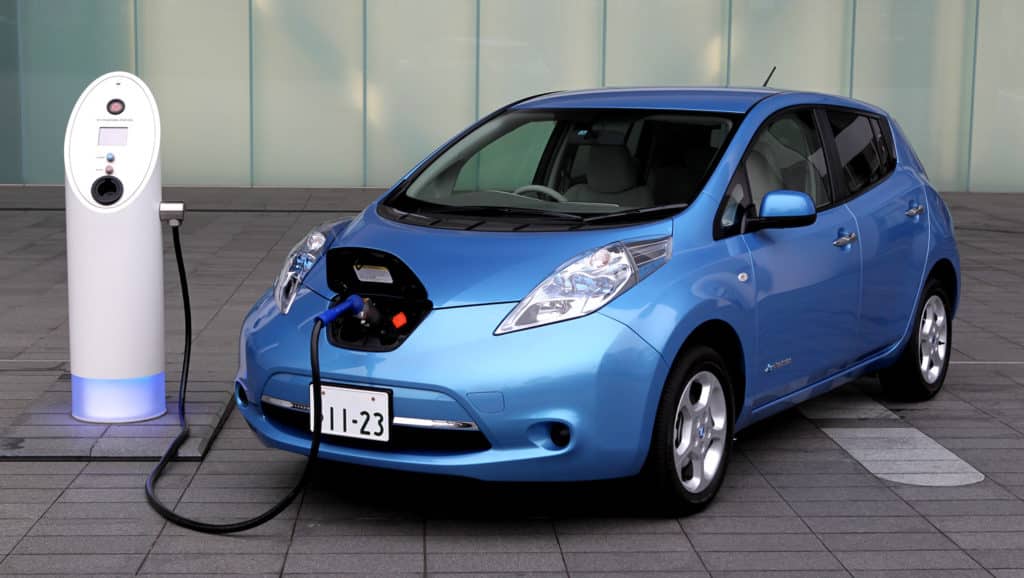Are you planning to buy an Electric Vehicle? Or maybe you already have one! Well, it doesn’t matter after all. In any case, reading this article would give you some insight into the world of modern technologies, especially that of vehicles.
EVs
If you have already experienced that indescribable feeling of driving an electric vehicle at the first push, congratulations! If you have not, you are still in for it, and that’s even more exciting. It’s like that super book or movie that you are to read or watch for the first time. I won’t go into details not to be a spoiler.
EVs are specifically vehicles powered by electricity. To be correct, all EVs have electric motors instead of an internal combustion engine. The vehicle uses a large traction battery pack to power the electric motor and is plugged into an EV charger station or wall outlet to charge. Due to running on electricity, this car’s structure is different; it doesn’t contain the typical liquid fuel components. Instead, all EVs contain a battery pack to store the electrical energy that powers the motor. Also called BEVs (Battery Electric Vehicles), these vehicles are charged by plugging into an electrical power source. The U.S. Environmental Protection Agency categorizes them as zero-emission vehicles because they don’t produce any direct exhaust or emissions. Although commercially available EVs are typically more expensive than similar conventional or hybrid vehicles. The advantage, in this case, is that some of the cost can be regained due to state incentives and EV charger tax credit.
EV Chargers
Unlike a gas station, an EV charger doesn’t take up much room and can be installed in different places, such as a trade center parking lot, workplace and even your own home. Now you must accept that it is incredibly convenient. However, compared to a gas station, you can’t charge your car in just a couple of minutes. It takes much longer because you don’t fill a liquid tank; you charge a battery. The EV charger types are classified into three levels.
Providing about 1kW power, the first-level charger requires eight hours to charge your car battery fully. As many electric vehicles come with an adapter, this charging method is available in almost all areas. The next is level two with power delivery from 3kW-20kW. The third level is also known as the DC fast charger for the parameters of 20kW power and charging duration from about 20 minutes to an hour. Level one and level two are available for all types of EV charging. Things are different with level three as not all EVs are capable of receiving charging from it. So, if you are going to purchase an electric vehicle, make sure to check all the criteria it possesses so that you can charge it with a level three charger as well. This is especially important if you are fond of long trips and don’t want to spend much time charging your vehicle.
EV Outlets
As you can already assume, the level one charger proposes a limited choice of outlets. The adapter that comes with the car provides a standard 120V outlet that will fully charge your car in no less than eight hours. Level two proposes more options compared to level one. It provides a 240V current for your vehicle charging. Several plug-in options are available in this case. Thus, for instance, SAE J1772 is a plug created by the Society of Automotive Engineers. Being a car charging standard, it is used by a wide variety of manufactures. Many cars either have an adapter or already have this plug built-in. Another level 2 option is NEMA 1450 (RV plug), with many adapters available for it. The last in my list of level two is Tesla Wall Charger – a high-power wall connector that will charge your car much faster than your standard outlet. If you are looking for an EV fast charger outlet, then CHAdeMO (meaning “charge and go”) is for you. Most popular in Asian markets, it is typically used with Mitsubishi, Toyota, or Nissan. If you buy an electric vehicle from one of these brands, they are most likely to have this type of connector. In American-made electric vehicles, you are most likely to come across CCS connectors, also popular in the European market. For the third level comes Tesla Supercharger. I dare to say it is one of the best EV charging networks in the market. It is a proprietary connector of Tesla Inc. The only disadvantage with these chargers is that they are suitable only for Tesla models unless you must buy different adapters to match them. My advice is before buying an EV, get familiar with the connector it has, what kind of charging stations are located near your area, find out whether you have many options to charge your car in your workplace, and also consider installing a home EV charger.
Your Home EV Charger
We already know that all EVs come with a level one charging cable. With the capability of 120V current, this standard attribute will fully charge the car in about eight hours. Although it sounds too long, it is convenient to put your car to charge and go to sleep, especially considering that the electricity cost is cheaper during the night.
But what if you want something faster? In this case, you should consider EV charger installation at your place. It is worth mentioning that charging speed differs on a charger’s amperage of electrical current. A 32-amp charging station that can add about 25 miles of Range Per Hour of charging is one of the best choices to make. Another fast option is a 50-amp charger with a 37-mile range per hour. When choosing a convenient location for your future charger installation, my advice is that you find a spot closest to your electric panel. Also, it would be best if you chose a weatherproof charger with the flexibility to be used outdoors. All these points will add more comfort to your daily EV maintenance.
Another comfort of the EVs is that you can charge it with solar power like any other of your home electrical appliances. A small array with about ten PV modules is enough to charge your electric vehicle. A solar EV charger will bring your car expenses to the minimum. In case of charging your EV with electricity, you’d spend about half of ordinary motor car costs; with solar, you can reduce these expenses to zero. Imagine that your EV gets daily charging through the solar system that generates electricity from the sun. Now, that’s what I call a brilliant technological solution from the new generation.
Speaking about EV charging, I couldn’t just ignore portable EV chargers. Yes, you got it right! Modern manufacturers have already created mobile chargers that can charge your EV out on the road, away from any charging station. It can charge up to one mile per minute. That sounds really cool.
Now, we must accept one thing: the world of modern technologies is an open space full of endless opportunities created by the human mind’s fantasy. Our generation is provided with the unique chance to eyewitness and use them with the benefit for life.
Author of a publication: Helen Kocharyan




